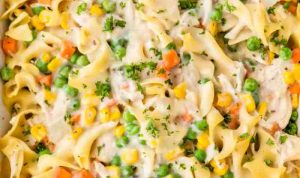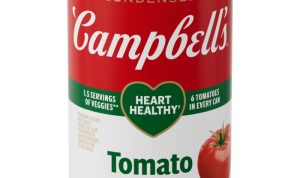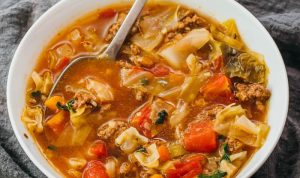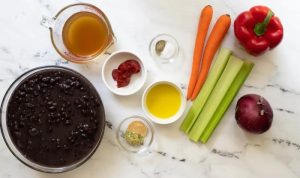Understanding Turkey Soup Leftovers
Turkey soup recipe leftovers – Turkey soup, a comforting classic often enjoyed after Thanksgiving or other festive meals, frequently results in substantial leftovers. Understanding the composition and potential challenges of repurposing these leftovers is crucial for maximizing their culinary utility and minimizing food waste.
Typical Composition of Leftover Turkey Soup
Leftover turkey soup typically consists of a broth base, often enriched with vegetables like carrots, celery, and onions. Meat components include shredded or diced turkey, sometimes including dark and white meat. Other ingredients may include noodles, rice, or other grains, along with herbs and spices that contribute to the overall flavor profile. The specific composition varies widely depending on the original recipe.
Common Ingredients in Leftover Turkey Soup
Common ingredients found in leftover turkey soup include, but are not limited to: turkey broth, shredded turkey meat, carrots, celery, onions, various herbs (such as thyme, rosemary, sage), spices (such as black pepper, bay leaf), noodles (egg noodles, or other types), rice, and potatoes.
Challenges in Repurposing Leftover Turkey Soup, Turkey soup recipe leftovers
Repurposing leftover turkey soup can present challenges. The soup’s texture may change upon reheating, becoming thicker or thinner than desired. Flavor intensity might also diminish, requiring adjustments to subsequent recipes. Furthermore, the presence of multiple ingredients necessitates careful consideration when incorporating the soup into new dishes to maintain flavor balance and avoid textural inconsistencies.
Repurposing Leftover Turkey Soup: Creative Recipes
Leftover turkey soup serves as a versatile base for a variety of creative dishes. The following recipes demonstrate how to transform this culinary staple into exciting new meals.
Three Unique Recipes Using Leftover Turkey Soup
| Recipe Name | Ingredients | Instructions | Serving Suggestions |
|---|---|---|---|
| Turkey Soup Stuffed Peppers | Leftover turkey soup, bell peppers (various colors), shredded cheese, breadcrumbs | Halve bell peppers, remove seeds. Fill with a mixture of turkey soup, cheese, and breadcrumbs. Bake until peppers are tender and cheese is melted and bubbly. | Serve as a hearty main course. Garnish with fresh herbs. |
| Turkey Soup and Wild Rice Fritters | Leftover turkey soup, wild rice, egg, flour, herbs, cooking oil | Combine cooled turkey soup, cooked wild rice, egg, flour, and herbs. Form into small patties. Fry in oil until golden brown and heated through. | Serve as appetizers or a light lunch. Pair with a dipping sauce. |
| Creamy Turkey Soup Pasta Bake | Leftover turkey soup, pasta (penne, rotini), cream cheese, Parmesan cheese, vegetables (peas, corn) | Cook pasta according to package directions. Combine cooked pasta, turkey soup, cream cheese, Parmesan cheese, and vegetables. Bake until bubbly and heated through. | Serve as a comforting dinner. Garnish with extra Parmesan cheese and fresh parsley. |
Turkey Soup Casserole Recipe
This hearty casserole transforms leftover turkey soup into a comforting and flavorful dish. Ingredients include leftover turkey soup, cooked potatoes (diced), cooked carrots (diced), cooked green beans, shredded cheddar cheese, and bread crumbs. The ingredients are combined and baked in a casserole dish until heated through and the cheese is melted and bubbly. The final product is a thick, creamy casserole with a golden-brown crust.
The texture is hearty and satisfying, with a blend of soft vegetables and tender turkey pieces within a creamy cheese sauce. The appearance is visually appealing, with layers of contrasting colors and textures creating a visually rich dish.
Turkey and Rice Bowl Recipe
This recipe repurposes leftover turkey soup to create a flavorful and visually appealing turkey and rice bowl. Ingredients include leftover turkey soup, cooked rice, roasted vegetables (such as broccoli, bell peppers), toasted sesame seeds, and a soy-ginger dressing. The cooked rice is layered in a bowl, topped with the roasted vegetables, shredded turkey from the soup, and a drizzle of soy-ginger dressing.
Toasted sesame seeds are sprinkled on top for added flavor and visual appeal. The ideal presentation involves a visually appealing arrangement of the ingredients in the bowl, creating a balanced and colorful dish.
Extending the Shelf Life of Leftover Turkey Soup
Proper storage is essential to maintain the quality and safety of leftover turkey soup. Following best practices ensures the soup remains palatable and avoids spoilage.
Safe Storage of Leftover Turkey Soup
Leftover turkey soup should be refrigerated in airtight containers within two hours of cooking. This helps prevent bacterial growth and maintain freshness. The soup should be stored in the coldest part of the refrigerator, ideally below 40°F (4°C).
Freezing Leftover Turkey Soup
Freezing leftover turkey soup extends its shelf life considerably. Use freezer-safe containers, leaving some headspace to accommodate expansion during freezing. Allow the soup to cool completely before freezing. To thaw, transfer the soup to the refrigerator overnight or thaw it safely in the microwave.
Impact of Improper Storage
Improper storage can lead to spoilage, resulting in off-flavors, unpleasant odors, and potential foodborne illness. Soup stored at room temperature for extended periods is particularly susceptible to bacterial growth. Freezing soup in inappropriate containers can also lead to freezer burn, affecting the texture and taste.
Nutritional Aspects of Turkey Soup Leftovers
Turkey soup offers a range of nutritional benefits, and understanding how these benefits are affected by reheating and repurposing is important for maintaining a healthy diet.
Nutritional Analysis of Turkey Soup
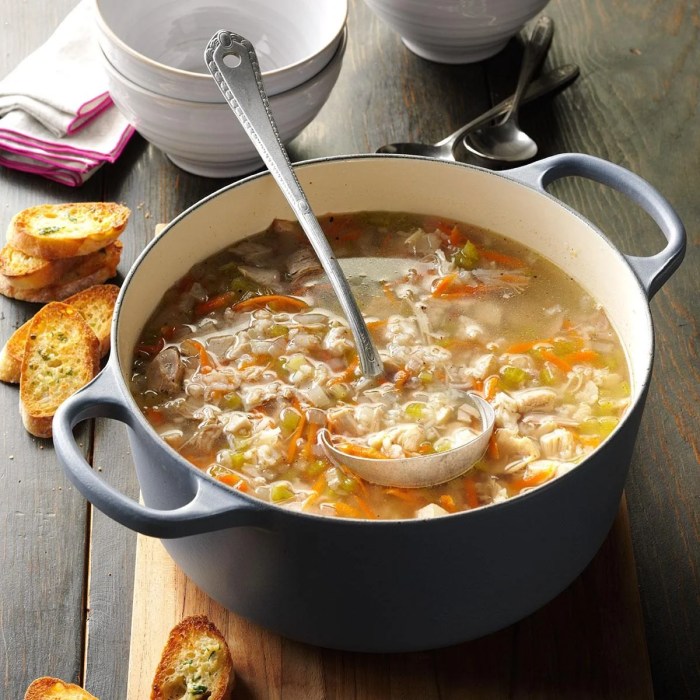
Source: tmbi.com
A typical turkey soup recipe provides a good source of protein from the turkey meat, along with vitamins and minerals from the vegetables. The nutritional content can vary depending on the specific ingredients and quantities used. Reheating generally does not significantly alter the nutritional value, although some vitamins may be slightly reduced. Repurposing the soup into other dishes may add or subtract nutrients depending on the added ingredients.
Health Benefits of Consuming Leftover Turkey Soup
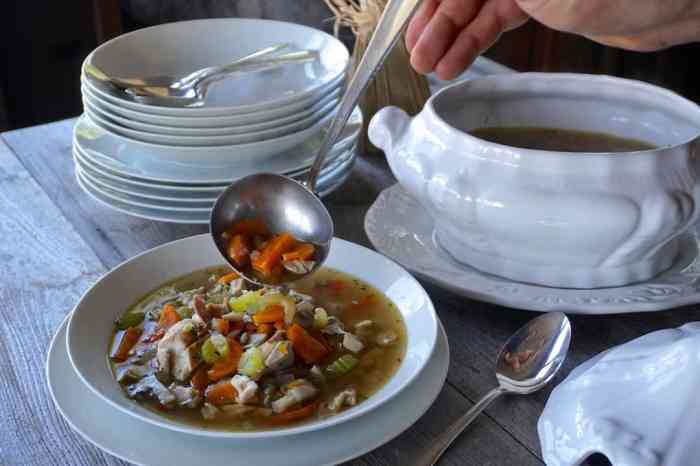
Source: weekendatthecottage.com
Turkey soup offers several health benefits, including providing lean protein for muscle building and repair, along with essential vitamins and minerals from vegetables. The broth can be hydrating and soothing, particularly beneficial during illness. The soup’s low-fat nature makes it a relatively healthy choice compared to many other comfort foods.
Nutritional Comparison with Other Leftovers
Compared to other common leftover dishes like fried foods or creamy pasta dishes, turkey soup generally offers a more balanced nutritional profile, with a lower fat content and higher nutrient density from vegetables and lean protein. However, the nutritional value varies widely depending on the specific recipe and ingredients used in both the original soup and any repurposed dishes.
Okay, so you’ve got a ton of leftover turkey soup, right? Feeling kinda blah about eating it again? Spice things up! Check out this awesome red peas soup recipe for some serious flavor inspiration. Then, maybe use those leftover turkey bits to give your next batch of red peas soup a total upgrade! Boom.
Leftover problem solved.
Visual Appeal and Presentation of Turkey Soup Leftovers
Enhancing the visual appeal of leftover turkey soup can elevate the dining experience. Simple presentation techniques can transform a simple dish into something more appealing.
Enhancing Visual Appeal of Leftover Turkey Soup
Serving the soup in attractive bowls or mugs can immediately improve its appearance. Using contrasting colors in the garnishes, such as bright green herbs or vibrant orange carrots, can also add visual interest. Creating a visually appealing layer of ingredients, like a sprinkle of fresh herbs or a swirl of cream, can add depth and complexity to the presentation.
Using Garnishes to Improve Presentation
Fresh herbs like parsley, chives, or thyme add pops of color and enhance the aroma. A dollop of sour cream or crème fraîche adds visual texture and a creamy element. A sprinkle of grated cheese can add richness and visual appeal. Roasted vegetables, such as chopped bell peppers or carrots, can add color and texture. Croutons or toasted bread can add a contrasting texture and visual interest.
Using Serving Dishes to Highlight Color and Texture
Stoneware bowls showcase the soup’s color and texture effectively. Clear glass bowls allow the ingredients to be fully visible. Using a contrasting color tablecloth or placemat can enhance the overall presentation. For a more rustic look, consider serving the soup in a bread bowl.
FAQ Resource: Turkey Soup Recipe Leftovers
Can I freeze turkey soup with noodles?
Yes, but the noodles may become mushy upon thawing. It’s best to add noodles fresh when reheating.
How long can I store leftover turkey soup in the refrigerator?
Leftover turkey soup should be stored in an airtight container in the refrigerator for up to 3-4 days.
What are the best containers for freezing turkey soup?
Freezer-safe containers with tight-fitting lids or heavy-duty freezer bags are ideal for freezing turkey soup.
Can I use leftover turkey soup in a slow cooker?
Absolutely! A slow cooker is a great way to gently reheat and even enhance the flavors of your leftover turkey soup.

